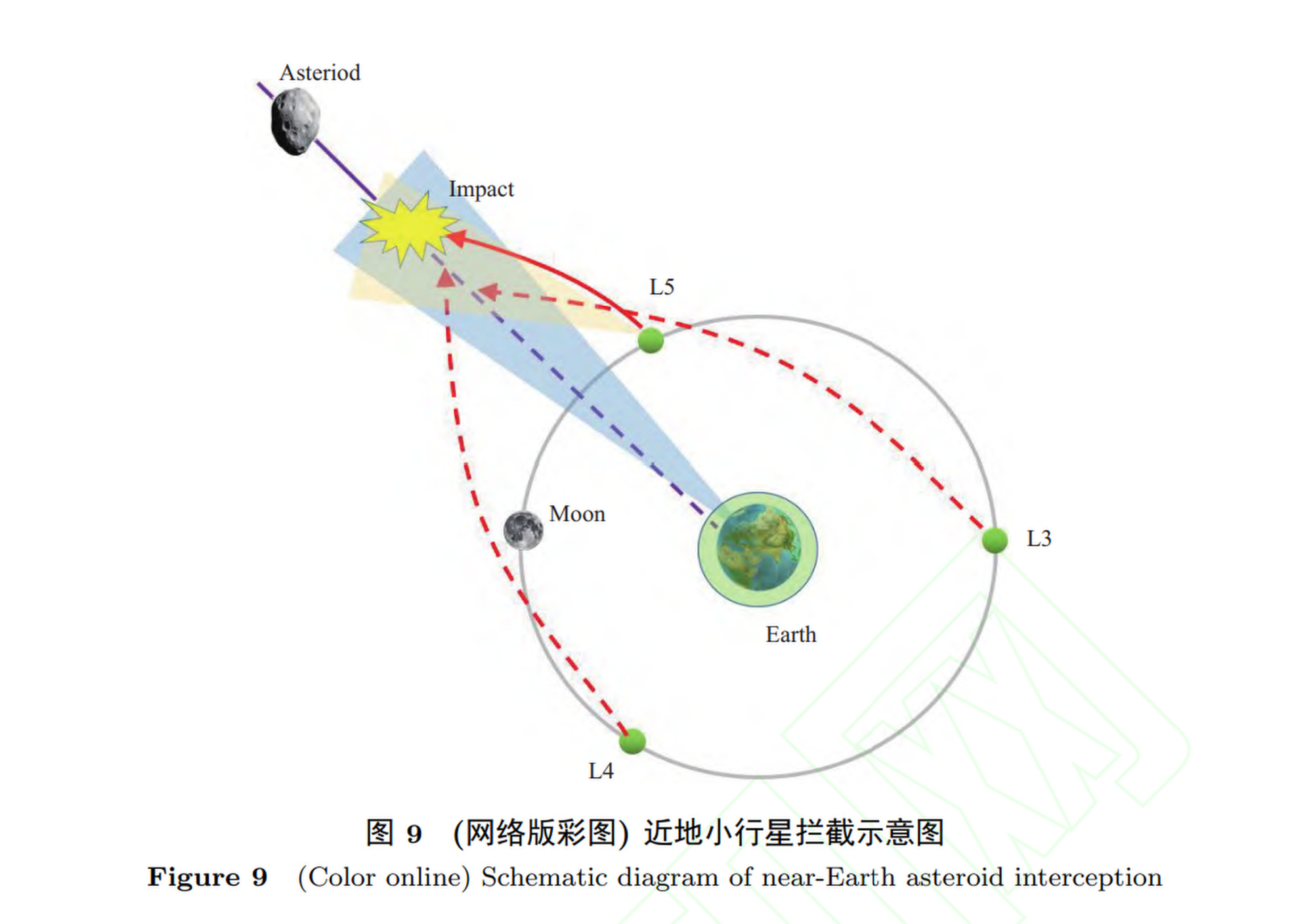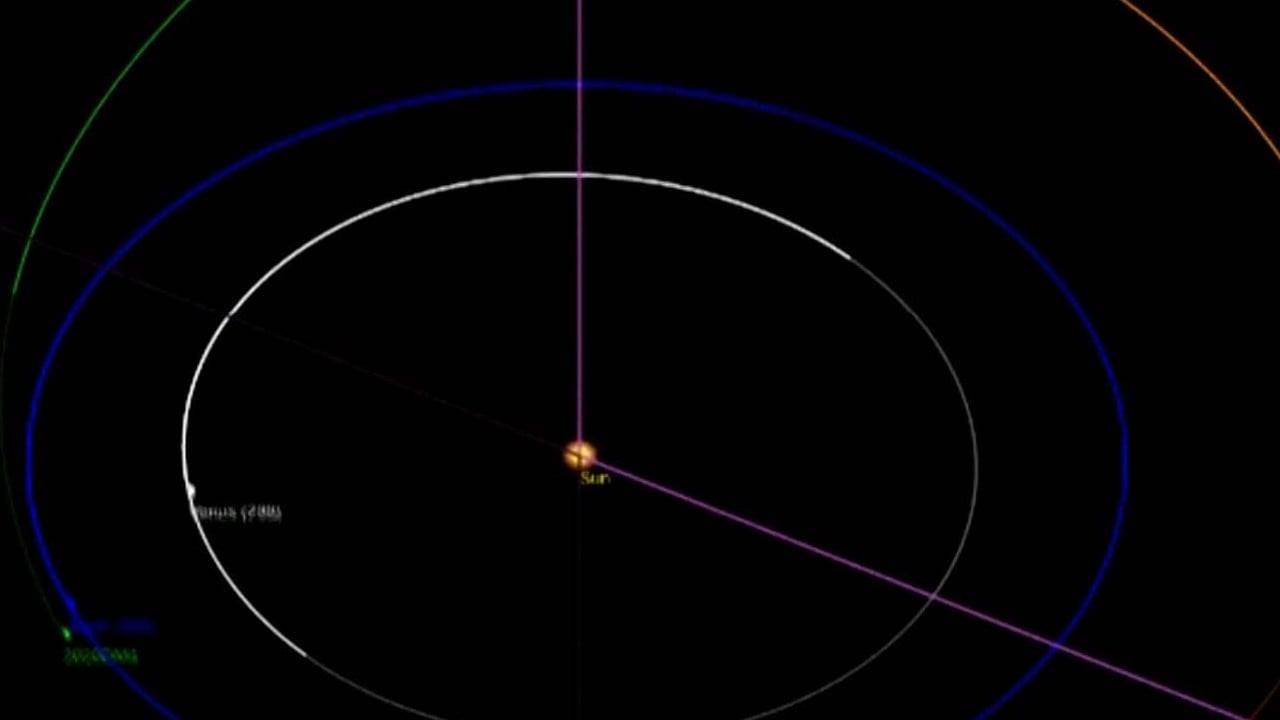
China plans to turn the moon into an outpost for defending the Earth from asteroids, say scientists
- Two optical telescopes would be built on the moon’s south and north poles to survey the sky for threats evading the ground-base early warning network
- Test satellites could also help protect China’s national security by having the telescopes and sensors pointed towards the Earth, say researchers
Two optical telescopes would be built on the moon’s south and north poles to survey the sky for any threats that slipped through the ground-base early warning network, especially those approaching from the blind side facing the sun.
Under the plan, when the system detects a surprise visitor with the potential to cause severe damage, it sends one or all of the guardian satellites to intercept the asteroid with a lead time as short as a week, faster than any large rockets launched from Earth could be, according to the team.
“It will have the ability to intercept incoming asteroids from all directions, and can form a defence circle about twice the distance between the moon and Earth – about 800,000km [500,000 miles] in diameter,” said Wu and his colleagues in a paper published in the Chinese peer-reviewed journal Scientia Sinica Informationis on Wednesday.
The lunar defence line, which has not yet been approved by the Chinese government, would take China’s space technology – such as far-reaching, sensitive surveillance and ultra-high-speed capability – to new heights, the researchers said.
China is building an Earth defence system consisting of giant radars and telescopes in an attempt to manage an extinction event such as the one that wiped out the dinosaurs about 65 million years ago.
But there are limits to an Earth-based system, according to Wu.

Although the chance of extinction-level impact remains low, about 60 per cent of asteroids big enough to destroy a country were not recorded and tracked by humans, according to an estimate by astrophysicists.
None of the major impact incidents on Earth since the 1970s triggered an alert until the asteroid hit.
“These asteroids all came from the direction of the sun,” said Wu’s team.
The sun’s glare made detection using optical telescopes almost impossible. Radar systems performed best when tracking known targets.
Fridge-sized asteroid hit Earth two hours after first spotted: Nasa
Most of these problems could be overcome with telescopes operated at the moon’s polar regions, according to Wu and his colleagues who said they calculated that the viewing angles of lunar telescopes would almost perfectly cover the entire blind spot on Earth.
Building such a facility on the surface of the moon would cost a lot in both money and resources. China would likely invite other countries to collaborate on building the observatories as part of the International Lunar Research Station, a project jointly launched by Beijing and Moscow to build a permanent settlement on the moon by 2030, according to Wu’s team.
But before breaking ground on the moon, China would first launch satellites into the moon’s orbit to test the latest surveillance, tracking and interception technologies.
The researchers also suggested these satellites could help protect China’s national security by having the telescopes and sensors pointed towards the Earth.
They “have the ability to monitor the geosynchronous orbit,” a high-altitude belt hosting many communication and military satellites, they said in the paper.
The Earth-defending satellites could help China keep a close eye on other countries’ satellites “and improve the ability to protect high-value space assets”.
China team uses Cold War material to pave the way for a moon highway
Nasa administrator Bill Nelson said earlier this month he was concerned about the possibility China would take over the moon.



